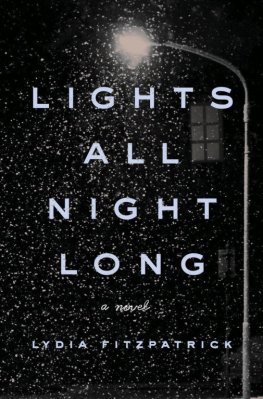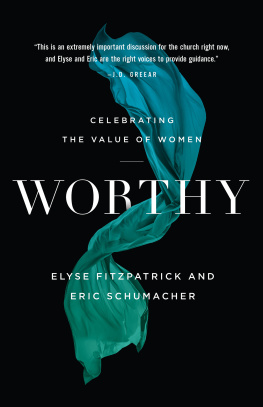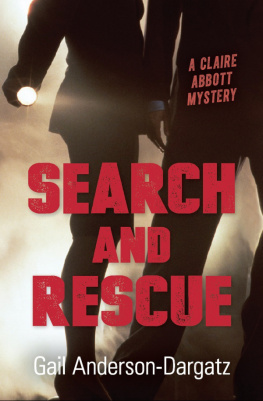Young People in Care and Criminal Behaviour
Claire Taylor
Foreword by David Smith
Jessica Kingsley Publishers
London and Philadelphia
First published in 2006
by Jessica Kingsley Publishers
73 Collier Street
London N1 9BE, UK
and
400 Market Street, Suite 400
Philadelphia, PA 19106, USA
www.jkp.com
Copyright Claire Taylor 2006
Foreword copyright David Smith 2006
The right of Claire Taylor to be identified as author of this work has been asserted by her in accordance with the Copyright, Designs and Patents Act 1988.
All rights reserved. No part of this publication may be reproduced in any material form (including photocopying or storing it in any medium by electronic means and whether or not transiently or incidentally to some other use of this publication) without the written permission of the copyright owner except in accordance with the provisions of the Copyright, Designs and Patents Act 1988 or under the terms of a licence issued by the Copyright Licensing Agency Ltd, Saffron House, 610 Kirby Street, London EC1N 8TS. Applications for the copyright owners written permission to reproduce any part of this publication should be addressed to the publisher. Warning: The doing of an unauthorised act in relation to a copyright work may result in both a civil claim for damages and criminal prosecution.
Library of Congress Cataloging in Publication Data
Taylor, Claire, 1976-
Young people in care and criminal behaviour / Claire Taylor.
p. cm.
Includes bibliographical references and index.
ISBN-13: 978-1-84310-169-7 (pbk. : alk. paper)
ISBN-10: 1-84310-169-6 (pbk. : alk. paper) 1. YouthInstitutional careGreat Britain. 2. Foster childrenGreat Britain. 3. Criminal behavior, Prediction ofGreat Britain. 4. Juvenile delinquencyGreat Britain. I. Title.
HV1441.G7T39 2005
362.732dc22
2005019375
British Library Cataloguing in Publication Data
A CIP catalogue record for this book is available from the British Library
ISBN 978 1 84310 169 7
ISBN pdf eBook 1 84642 445 3
eISBN 978 1 84642 445 8
Acknowledgements
First, I would like to thank the ESRC for funding part of the work presented in this book.
So many people have helped me in different ways with the research presented here that it is impossible to list them all. However, I would like to express my warmest thanks to David Smith at Lancaster University for his invaluable guidance and encouragement throughout the research process.
Other members of staff at Lancaster helped me in numerous ways. I would particularly like to thank Keith Soothill, but also Carol Thomas, Ian Paylor and Sue Wise. I am very grateful to Barry Goldson from the University of Liverpool for his helpful comments on various aspects of the research. My appreciation also goes to the reviewers who commented on an earlier draft version of this book.
On a personal note, friends and family helped me in many ways throughout the research process, but I would especially like to thank Tom for his unwavering love and support.
I received a great deal of help in accessing potential interviewees for this study, from probation officers, prison officers, aftercare groups and carers. However, I am particularly grateful to the young people who agreed to participate in the research for their willingness to talk openly and freely about their lives. The experience of interviewing these individuals is something that will always stay with me. For the purposes of confidentiality their names must remain anonymous.
Foreword
This is a book that ought to be read not only by academics and researchers in the fields of child care and criminal careers, but also by those responsible for shaping child-care policy. It sheds new theoretical light on an important concept in studies of criminality and child development, and presents vivid and often moving empirical material on what it means to be a child in care.
The central theoretical concept of the book is attachment, which, as Claire Taylor argues, has been used by criminologists and specialists in child care and development in different ways. The academic habit of staying within the reassuring boundaries of ones discipline has meant that until now there has been no productive dialogue between criminological control theorists, for whom attachment to others is a crucial element of the social bond, and child development specialists, for whom attachment is the key to a successful adult identity and indeed to psychological health. Taylors interdisciplinary approach allows her to begin to make connections between the two fields of research that should help to produce advances in studies of the links between childhood experiences and careers in care in particular and later criminal careers.
While recognising, and amply illustrating, the ways in which negative experiences of care can contribute to subsequent criminal involvement, Claire Taylor is also concerned to argue that there is nothing inevitable about such a progression. The fact of having been in care (or, in contemporary language, been a looked-after child) does not inevitably or inherently predict later criminal involvement. Instead, the quality of the experience of care is crucial, and if children and young people are allowed to develop attachments to caring adults there is no reason why having been in care should be associated with continuing delinquency or disadvantage. Taylor argues cogently against the pessimism and fatalism that have characterised much discussion of the care system, and rejects the self-fulfilling prophecies and stigmatising labelling that this perspective tends to promote. Instead she stresses the diversity of care careers, and explores what can be learned from positive as well as negative experiences of care.
Claire Taylor gives a cautious welcome to recent initiatives designed to improve the quality of care and the support provided to young people emerging from the care system. She is, however, fully aware of the problems of resources and implementation that lie between good legislative intentions and their translation into effective practice. She points to the need if we are to take the rhetoric of joined-up policies seriously to integrate youth justice policy and practice with the welfarist intentions of the care system. Here her own integration of criminological and child development perspectives provides an example that both youth justice workers and child practitioners could usefully follow: they have more to learn from each other than they may think. While the current official rhetoric encourages a sharp division between children in need and young offenders the former to be cared for and protected, the latter punished and controlled Claire Taylor reminds us that for many children and young people the distinction is an artificial one. It is to be hoped that her analysis and research find a wide and attentive readership, not least among those who can have some influence on the shape of future policy.
David Smith
Professor of Criminology, Lancaster University
Introduction
Background
This book is about the relationship between young peoples experiences of public care and criminal behaviour, a topic that has received surprisingly little attention from child-care researchers and criminologists. The disproportionate number of young offenders who have been in local authority care is reproduced year after year in the prison statistics and has generally been taken as given. A recent study found that 41 per cent of children in custody had at some time in their lives been in care (Hazel







